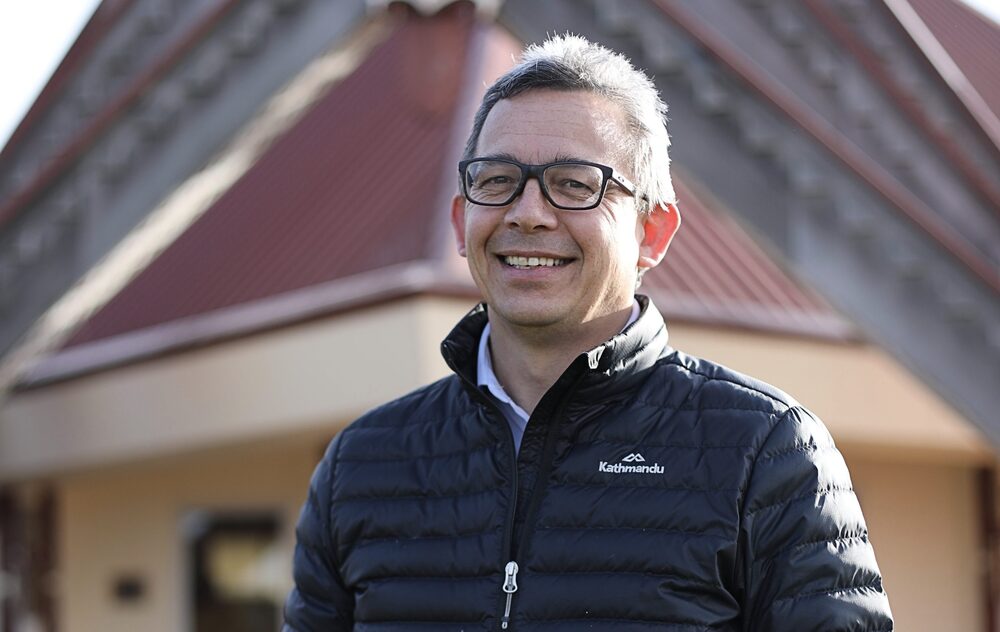The race to save a treasured lagoon
Local Democracy Reporter
05 April 2024, 4:00 AM
 Southland's Waituna Lagoon has been battling a toxic algae that can prove hazardous to humans and some animals. Photo: Living Water/Supplied
Southland's Waituna Lagoon has been battling a toxic algae that can prove hazardous to humans and some animals. Photo: Living Water/SuppliedA Southland wetland home to a plethora of native birds, fish and plants is walking a tightrope of ecological health.
Spanning an area of more than 3500 hectares, the Waituna Lagoon forms part of the much larger Awarua Wetland, located southeast of Invercargill.
The site made history in 1976 by becoming the first in the country to be recognised under the Ramsar convention — an intergovernmental treaty for conservation, which deems the lagoon a wetland of international importance.
But in recent months, it has gained notoriety for the wrong reasons.
The Waituna Lagoon has been battling an outbreak of toxic algae Cyanobacteria, requiring emergency works from regional council Environment Southland in January to manually open it to the sea.
If left unattended, the bacteria could have proven harmful to humans and some animals, such as dogs and livestock.

Te Rūnanga o Awarua chairperson Dean Whaanga says both the health and abundance of mahinga kai at the lagoon is a good indication of how it's doing. Photo: ODT/Supplied
Although the move to flush it out was supported by the Department of Conservation, freshwater science lead Nicki Atkinson explains such decisions come at a cost.
“Two things really affect lagoon health,” Atkinson says.
“One is the opening, and how frequently and when it’s opened. The other is the nutrient loads that come in from the catchment.
“We kind of have to fix both of those problems in order to restore it.”
Atkinson says although the lagoon is resilient, nearby farming has created issues.
Fertiliser and cow manure has seeped into groundwater and washed into waterways, producing a nutrient buildup which has damaged the natural environment.
In a worst case scenario, it manifests in a bloom like that of the past few months.
“The indications are that at the moment, it is too much (nutrients), and we’ve got probably a legacy of nutrients going in there as well, stored up in sediments and things.”
Managing the area under current conditions is a balancing act, and while opening the lagoon reduces the nutrient load, it also jeopardises rupia — an aquatic plant crucial to the lagoon’s ecological wellbeing.
For that reason, both DoC and Te Rūnanga o Awarua have previously advocated for the area to only be opened at higher levels.
There are bright spots, however.
Restoration work taking place on the back of the lagoon’s problems has given iwi an opportunity to reconnect with the place in a new way.
That's according to rūnanga chairperson Dean Whaanga, who is optimistic good things are still in store for Waituna.
Some of the health indicators released last year were the best on record, he says, and the area had been on “a good trajectory”.
“But these things come up. Deal with them, take learnings.”
For him, both the health and abundance of mahinga kai was a good indicator of how well the lagoon was doing.
“We’re really keen on having a healthy lagoon, and we think by having a healthy lagoon, everything else will fall into place as well.”
So what’s next?
Atkinson says DoC is working collectively with Environment Southland and the rūnanga to sort out a consent for the lagoon's long-term management.
But she warned it could take some time before the impact of the last few months is fully known.
“It might take . . . almost a year to know the impact of that algal bloom and emergency opening.”
Another bright spot - early indications are positive.
Environment Southland chief scientist Karen Wilson said algae levels had mostly returned to mid-2023 levels since opening the lagoon, which was now in a "brackish", or slightly salty, state.
It was not practically possible to close the opening following the January work, but the lagoon had taken care of this itself, and was now fully closed off.
As far as Atkinson is concerned, any sort of return to a natural state is something worth celebrating.
“It’s got a lot of threatened native birds and fish and plants," she says.
“We don’t have that many coastal wetland systems left in New Zealand.
“More than 90 percent of our wetlands have been drained, and a lot of those are in a coastal environment.
“So there’s not many places left like that.”
LDR is local body journalism co-funded by RNZ and NZ On Air



